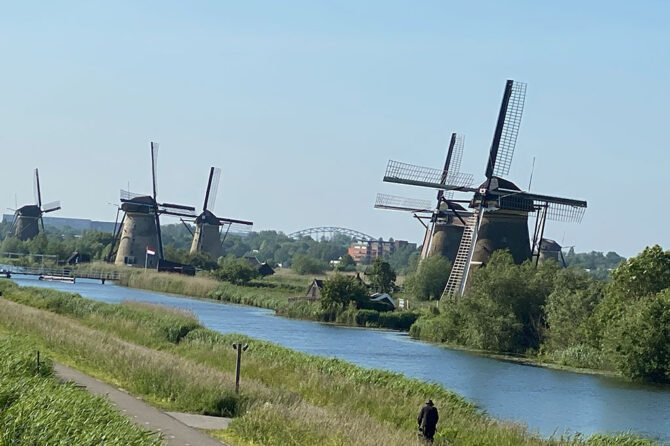
The idea of turning a business trip into a family excursion is often a great way to strike a work-life balance. My opportunity to attend the European Symposium on Paediatric Cochlear Implantation 2023 in the Netherlands provided an ideal platform to transform this concept into reality. I had always yearned to introduce my children to the world beyond textbooks and classrooms, and this seemed like the perfect opportunity to do so.
My son, an aspiring architect, has always been captivated by the magnificent man-made wonders around the world. What better place than the Netherlands to feed his curiosity? A country that holds an impressive array of architectural marvels, from the classic canal houses of Amsterdam to the modern urban structures of Rotterdam, it seemed to hold the promise of a dream come true for my budding architect.
While my son was excited about architectural exploration, I wanted to ensure that my daughter could take something valuable away from this trip too. As a young mind eager to learn about her surroundings, I aimed to show her the significance of scientific conferences and how they help in shaping the world. I wanted her to understand the importance of our own scientific contributions, by allowing her to be part of a global dialogue that has the power to transform lives.
One of the significant aims of our journey was to familiarize my children with the efficient use of public transportation. The Netherlands, being the home of an extensive public transport system, allowed us to embark on a seamless journey to Kinderdijk – all on a single ticket. The novelty of a ship, the rhythm of a train, and the bustle of a bus each offered a unique insight into the dynamics of public commuting, enriching their understanding of sustainable travel.

Tour ship to visit the windmills.
In my MBA days, I studied the Polder model as a decision-making method. The Polder Model is a term used to describe the acclaimed Dutch version of consensus-based economic and social policy making. Polders, a Dutch innovation, are areas of land reclaimed from a body of water, maintained by intricate systems of dykes and pumps – a testament to human adaptability and cooperation. In order to keep the water out, communities living in these areas had to cooperate extensively, and this influenced the Dutch mindset and subsequently their approach to policy making.

Windmills on either banks of a dyke at Kinderdijk.
Therefore, the visit to Kinderdijk represented a beautiful opportunity to expose my children to the concept in its literal and metaphorical contexts. As we explored the details of the model, it illustrated the importance of collective decision making and consensus-building in resolving issues – a lesson that is as applicable to their lives as it is to socio-economic issues.

A close up view of a windmill.
This approach is characterized by the tripartite cooperation between employers’ organizations, labour unions, and the government. These parties come together to negotiate on issues such as wages, working conditions, and social welfare. The idea is to find a compromise that all parties can accept in order to prevent conflicts that could disrupt the economy or society. The Polder Model is often considered a subtype of corporatism, but with a more bottom-up approach. It gained international prominence in the 1990s when the Dutch economy was performing well and had low unemployment compared to other countries.
We Surgeons and surgical teams could significantly benefit from the adoption of the Polder Model of decision-making, a consensus-based approach fostering cooperation and shared responsibility. By encouraging team-based decisions, where each member—from the surgeon to the anaesthesiologist, nurses, and surgical technologists—contributes their unique perspective and knowledge, a more informed, holistic decision can be made. This model also supports greater patient involvement, reflecting modern healthcare’s shift towards patient-centred care. It offers an effective method for conflict resolution through dialogue and negotiation, ensuring a smooth process even when disagreements occur. The Polder Model highlights shared responsibility, promoting a culture of accountability within the surgical team that can enhance patient outcomes. Finally, its holistic approach encourages consideration of all factors impacting a patient’s health, extending beyond the immediate surgical outcome to incorporate long-term health, quality of life, and social and emotional needs.
The ride to Kinderdijk, located in the province of South Holland, was filled with views of pristine landscapes, charming Dutch houses, and a network of canals so beautifully intricate that it seemed more art than utility. I was reminded that these waterways were not merely for pleasure cruises, but a testament to the country’s resilience in their age-long battle against water.
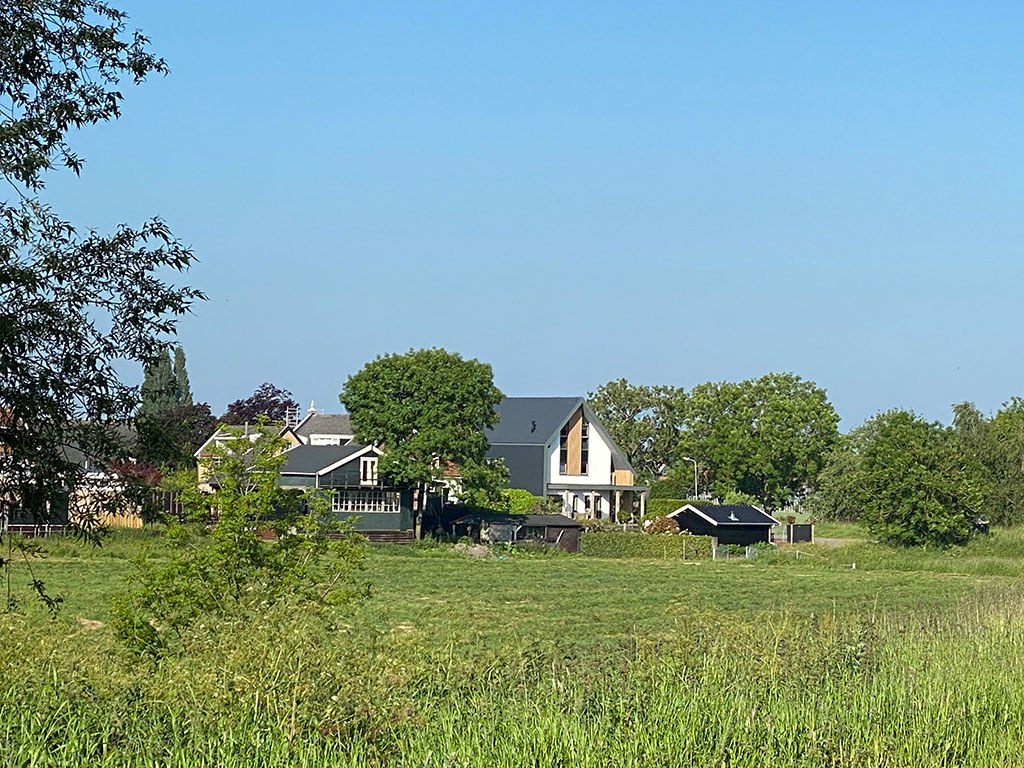
Beautiful dutch country side.
As the train neared Kinderdijk, the countryside began to bristle with windmills. Kinderdijk, home to 19 splendidly preserved windmills from the 18th century, is a UNESCO World Heritage site, and rightly so. Seeing them firsthand, their sails turning against the sky, it was easy to understand why these structures are the iconic symbols of the Netherlands.
Kinderdijk offered us the opportunity to truly immerse ourselves in the Dutch culture. The complete tour of the region was an immersive experience, unravelling the fascinating facets of Dutch life – from the historic windmills to the harmony of rural life. The highlight was the innovative video show that brought the history of Kinderdijk to life. With captivating visuals and engaging storytelling, the show transported us back in time, unveiling the evolution of this Dutch marvel.

The author and his family at Kinderdijk.
The Netherlands proved to be more than just the destination for a scientific symposium; it served as a classroom that was beyond the walls of a building. As we bid adieu to the country, my children carried back more than just memories. They had a newfound appreciation for architecture, a deeper understanding of the scientific community’s contributions, an insight into sustainable travel, and a practical lesson in collective decision-making. Truly, it was a voyage that would forever resonate within their hearts and minds.
Prof. Dr. Prahlada N.B
Davanagere
23 July 2023



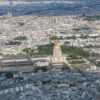
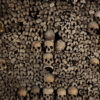
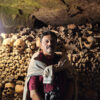
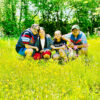
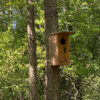
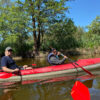
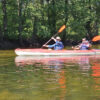
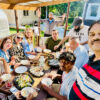
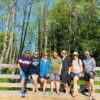
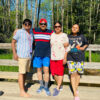
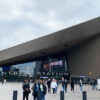
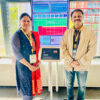
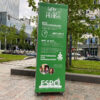
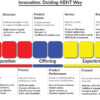
Leave a reply